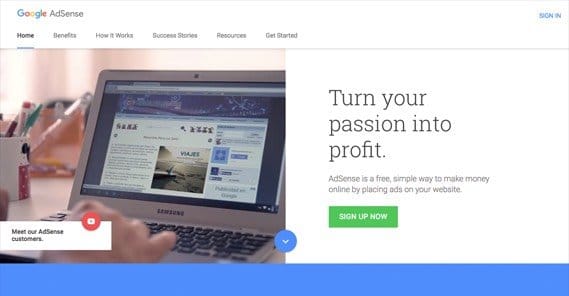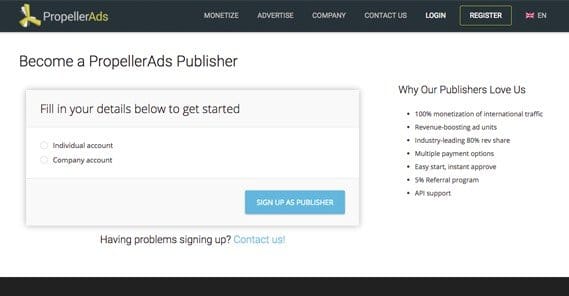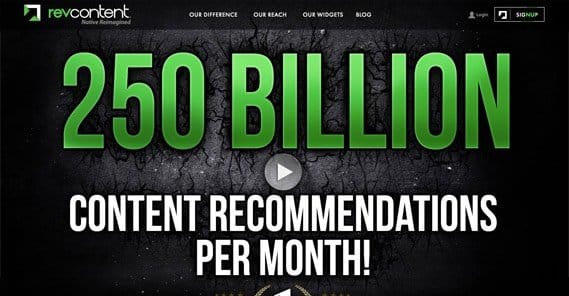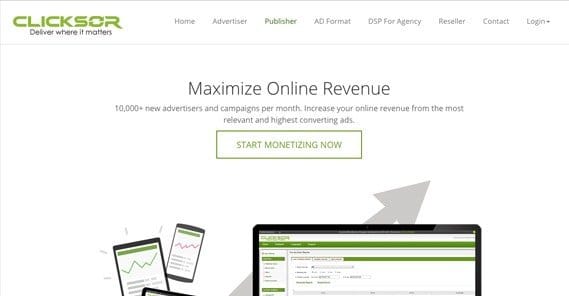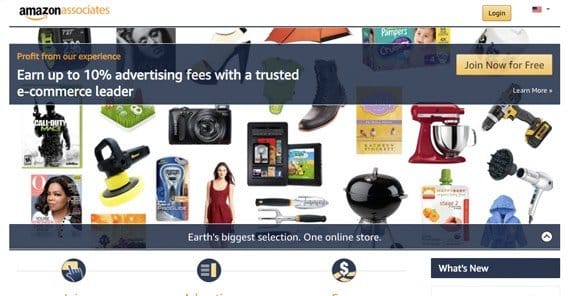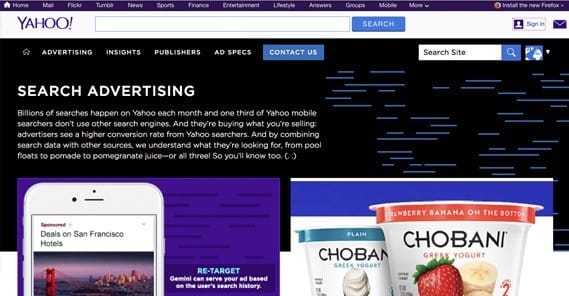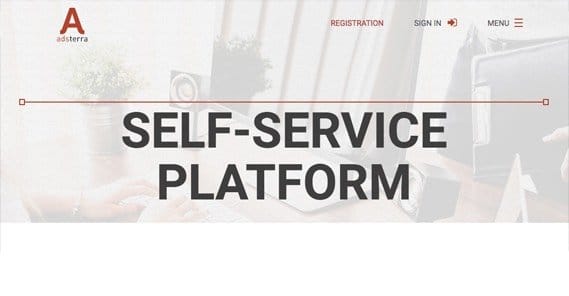Which Ad Networks Have the Best Cost Per Conversion?

The cost per conversion metric is important for both advertisers and for publishers. Publishers, those who display the ads on the sites they spend a long time building, want to earn as much as possible with every view, click, or conversion on those ads. Advertisers, meanwhile, want to spend as little as possible per valid conversion.
Balancing these two sides of the coin is the job of the free market, mostly. Each ad network has their own system in place. Some of them keep costs high by banning terrible advertisers and spammy publishers, while being aggressive with filtering out fake and fraudulent clicks. Some of them allow just about anything, so costs for advertisers are driven way down, but publishers end up seeing very little. It’s all a matter of how many good, high quality advertisers and publishers the network can attract.
I’m going to split this article up into two parts; one aimed at publishers and one aimed at advertisers. There will be some crossover between them, but the information I provide will be focused on the details you most want to know coming at it from either side. Feel free to skip to the section that is most relevant for you, though to be honest, if an ad network is good for one side, it’s generally good for the other as well.
Best CPC Ad Networks for Publishers
As a publisher, you have a lot of potential options for types of monetization. You can run affiliate links, you can run banner ads, you can run in-text ads, contextual ads, ads that pay by the view or the click, ads that pay by leads or by conversions, and so forth. I can’t tell you if any one is better than any other; it depends on your audience and what kinds of ads they are most responsive to. If that happens to be pop-overs or pop-unders, banners or affiliate links, well, you do what you have to do.
From the publisher perspective, you want to find ad networks that are trustworthy and pay a reasonable amount. There’s no reason to run CPM ads that pay 5 cents per thousand views when your site only has a few thousand views per month; you just won’t make any money. You also want networks that are known to not skim commissions or be overly aggressive in culling underperforming publishers. You don’t want one bad month to get you dropped from a network.
Here are the top networks I’ve found from the publisher side of things.
1: Google’s AdSense
I know it’s kind of cheating to start with Google, as if anyone out there doesn’t already know about them. Google is kind of the baseline for many blogs. They don’t have high standards, so you can get in fairly easily even with a small or relatively new site. They’re fairly aggressively concerned about quality, so they filter out bad sites regularly, but they’re equally aggressive about removing bad advertisers. Plus, they’re some of the best when it comes to accurate contextual advertising. Very rarely will you find an irrelevant ad on your site, and when you find one, you can easily have it removed from rotation.
Google is strict with their requirements, so there’s no skirting the line, not if you want safe earnings. You can’t send through inflated impressions or fraudulent clicks. You can’t directly encourage ad clicks, and you can’t run a site that is focused on any of the prohibited content topics Google lists. Additionally, your site needs to be at least six months old when you sign up. For the full list of guidelines, click here.
2: Propeller Ads
Propeller ads is a relatively new ad network that has been growing quite quickly. They’re noteworthy primarily because they’re one of the better networks for international traffic. They’re based in the UK, and have versions of their site in English, French, German, Italian, Spanish, Portuguese, Turkish, and Russian.
They have a fairly standard set of terms and conditions. Fraudulent activity will get your account removed. Your site can’t publish content involving porn, illegal activities, hate speech, violence, illegal substances, drugs, adware and malware, misleading warnings, the trade of military weapons and equipment, or deceptive financial advice. You can read their full terms of service when you sign up for a publisher account.
3: Revcontent
Claiming to be the #1 fastest growing ad network, Revcontent works as a native advertising engine. You’ve probably seen their content if you’ve visited many of the news and pop-culture sites that showcase blocks of “related” post ads that lead to other sites. They are indeed growing quickly, and they pay decently, but they are not without their issues.
Foremost among the issues with Revcontent is the nature of the content pushed by advertisers. They’ve been criticized for both excessive clickbait and for fake news. They’ve put new clauses in their advertiser terms of service to help mitigate the issue, though, but it remains to be seen how effective they are at enforcing these new restrictions.
As you might expect, Revcontent has similar requirements of its publishers. No fraud, no porn, no restricted content, and so forth. They also want you to have at least 50,000 visitors per month, which can be a lot for a smaller site.
4: Clicksor
Clicksor is a familiar name if you’ve been looking at advertising any time over the past half a decade or so.
They’re a relatively large ad network based out of Canada, and they don’t have a minimum traffic requirement, so they’re a good alternative to AdSense. They pay quickly with Net-15 terms, and have a pretty wide selection of ads to display. Like the networks above, they prohibit the same range of adult/illegal/hateful/malicious types of content.
5: Amazon Associates
Amazon doesn’t run display advertising; rather, it’s an affiliate network. I figured I’d include one, if for no other reason than that it’s so popular and so easy to use. There are no requirements for traffic and few requirements on type of content, though Amazon does perform regular scans to make sure you’re still a worthwhile site to run their ads.
The primary benefit of the Amazon associates program is that their referral code tags anything the user buys in that session for as long as the cookie exists. If you refer someone via a $5 plumbing fixture and they end up buying a $500 computer monitor, you’ll get a cut of the monitor’s sales. You stand to earn a lot of money this way, and Amazon is very good at selling products.
One final note: if you’re operating a site in a tertiary niche that is often banned from ad networks, you might find it hard to monetize your site. Adult sites have their own specialized ad networks, but sites in niches like dating, health supplements, and gray-hat software might have trouble. Check out our post on monetizing dating sites for some ideas of how you can get around these limits.
Best CPC Ad Networks for Advertisers
From the advertiser side of things, you want an ad network that doesn’t cost you an arm and a leg. You want one that doesn’t require obscene levels of sales, and you want one full of good publishers in your niche. That last one is particularly important; it does you no good to try to advertise your plant business on a crowd of tech sites.
You also need to make sure they have a decent set of filtering rules to minimize fraudulent clicks. Spam clicks happen on every ad network, there’s no getting around it, and even with great filtering you’ll still end up paying some out for bad customers. The goal is simply to minimize how much you lose in the process.
It should be noted that, just like most publishers, most ad networks have content requirements and guidelines for advertisers. You generally can’t advertising any of the same subjects that are prohibited on the publisher end, including adult content and violence. You’ll also be subject to individual ad approval.
1: Infolinks
Infolinks is probably one of the premier text-based ad networks, though they cover other ad formats as well. For an advertiser, these in-text ads often prove to be more engaging, with more clicks compared to banners or display ad boxes, though they aren’t necessarily on the level of native advertising.
Signing up to be an advertiser is fast and easy, and if you have a monthly budget of over $10K, you qualify for a managed account. Managed accounts are able to access additional features and assistance.
Once nice relatively new feature of Infolinks is the AdShop. AdShop is a platform that makes creating ads incredibly simple, with streamlined targeting and ad creation. The minimum budget to run ads through AdShop is only $25, so it’s a good entry level option for small businesses and larger companies looking to experiment.
2: Media.net / Yahoo! Bing
Media.net is a great network for publishers, but in order to access it as an advertiser, you have to go through the Yahoo! Bing Search Inventory.
This ad network is essentially the AdWords equivalent for Yahoo! and Bing. Since there are millions of users of those two search engines – and their related content networks – this means you have a lot of access to audiences that aren’t necessarily available to people using Google services or other more typical ad networks.
Media.net’s publishers cover a wide variety of high profile sites, including large magazines like Reuters, Forbes, Cosmo, and Seventeen. They have correspondingly high standards and prices, but if you can get the right ads in front of the right audience, you’re bound to make a profit.
3: Adsterra
Adsterra is a pretty solid network with over 4,000 publishers in their network. They have a variety of different targeting options rather than a basic contextual engine, and they have a retargeting engine in place. They cover mobile ads as well. You can sign up for a consultation, which generally requires having a larger budget so you can get a managed account, but it’s not your only option. The option I linked above is actually their self-service platform, which is reasonably easy to use.
In fact, despite the experience of the managers on the side of Adsterra, the self-service platform can be faster to get rolling, assuming you know what you’re doing. You can set all of the options yourself, choose your targeting, and make your ads all from the dashboard. Then it’s just a matter of waiting for approval and letting it roll.
4: Galaksion
This ad network is another of the higher-tier networks available for those looking to advertise outside of the English market. They cover the US and UK, but also South America, Russia, India, and a bunch of other geographic areas.
I primarily include Galaksion for three reasons. First, the name is pretty cool, and when it immediately follows Adsterra, you get a kind of terra=earth -> galaxy=space thing going on. Second, it’s always good to have more options for those of you who are outside of the standard US/UK/AUS/Canada markets. Third, though the network might not be the best in terms of publishers or the cheapest for advertisers, it’s ahead of the curve when it comes to improvements and innovations with their platform.
5: Vertoz
Vertoz has two main different options for advertising. You have the standard managed ad system, which can be beneficial if you want to offload a lot of the work of managing your campaigns personally. They also have a self-serve system that is run by their proprietary trend-monitoring and capitalization engine they call the Ingenious Programmatic Plex. The name might be nonsense, but the results are pretty good. It’s not that much different from an algorithmic ad optimization engine, except it’s quite good at monitoring spikes and trends in traffic and helping you optimize on the fly to capitalize on them.
What’s your favorite advertising network, either as a publisher or as an advertiser? I know there are dozens more out there; I’ve just included some of the best that aren’t listed in every single other list published this year. Hopefully one of them fits the bill for what you need.
 ContentPowered.com
ContentPowered.com
